Best iPhone of 2022: Which iPhone is right for you?
How to pick the best iPhone for you
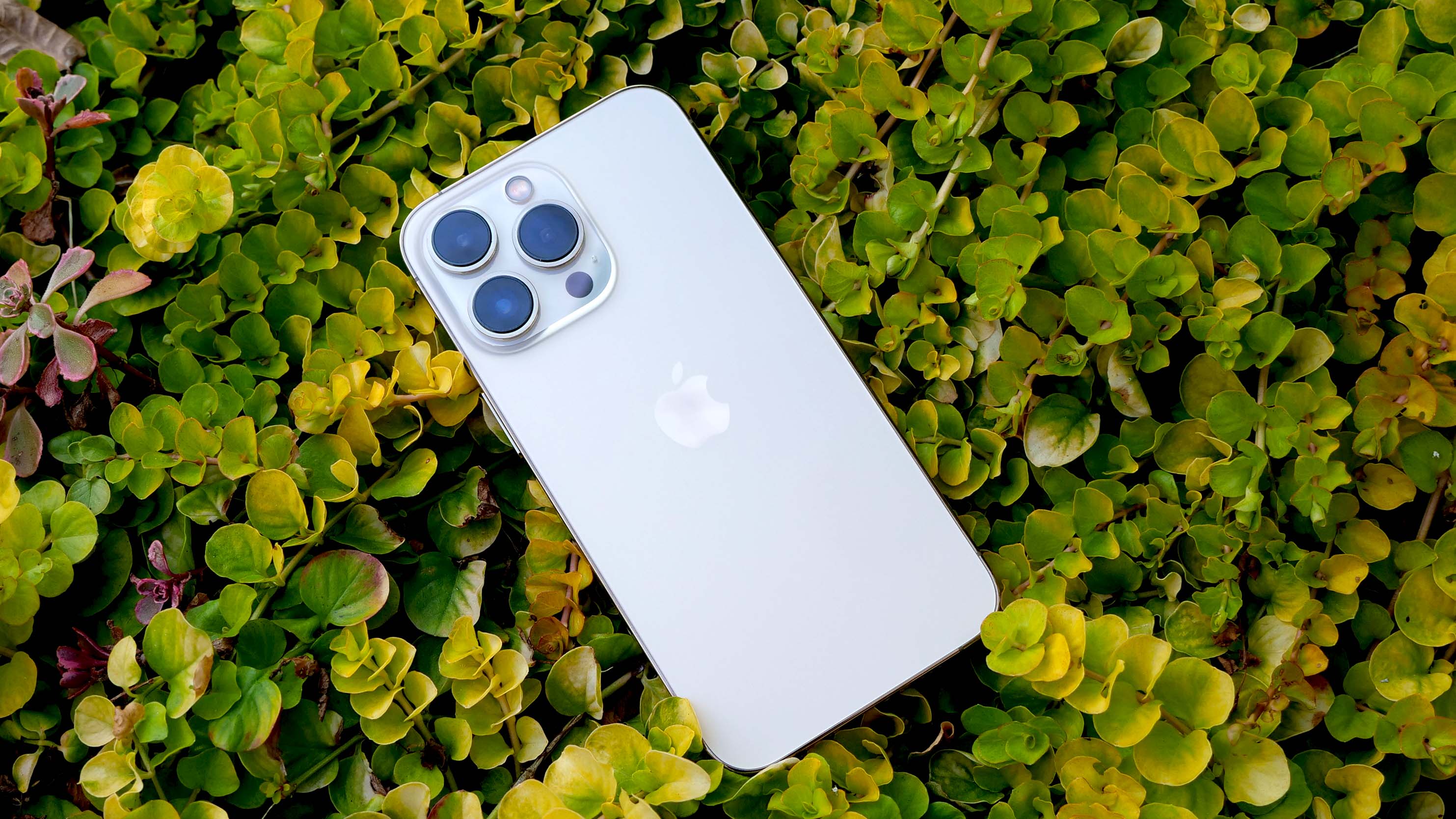
The iPhone lineup was upgraded across the board again with the iPhone 13 mini hanging on and the iPhone SE (2022) upgrading the budget iPhone, making the price range for the five current iPhone models $429 to $1,099. While upgraded options are hardly a thing to complain about, it can make deciding which iPhone is the best for you a bit more difficult.
We are here to help. Our iPhone buying guide will give you clear answers regarding the differences and similarities between each of the models so that you can find the best iPhone to meet your needs while staying within your budget.
- Apple Watch 7 review: Tracking its victory laps
- iPhone 14: Everything we know so far
- Best Apple deals on all the top products
iPhone SE vs. iPhone 13 mini vs. iPhone 13 vs. iPhone 13 Pro vs. iPhone 13 Pro Max: Specs
While the models have all been updated, Apple has stuck to the same five phone lineup in 2022: iPhone SE, iPhone 13 mini, iPhone 13, iPhone 13 Pro and iPhone 13 Pro Max. While there are many similarities between them (as we’ll cover in the next section), if you drill down to the details, you’ll find some crucial differences in the specs, design and pricing.
Here’s a full breakdown of the current iPhone lineup.
| Row 0 - Cell 0 | iPhone SE (2022)12.9-inch | iPhone 13 mini | iPhone 13 | iPhone 13 Pro | iPhone 13 Pro Max |
| Starting Price | $429 | $699 | $799 | $999 | $1,099 |
| Screen | 4.7 inches Retina LCD (1334 x 750) | 5.4-inch Super Retina XDR OLED (2340x1080) | 6.1-inch Super Retina XDR OLED(2532x1170) | 6.1-inch Super Retina XDR OLED (2532x1170) at 120Hz | 6.7-inch Super Retina XDR OLED (2778x1284) at 120Hz |
| Processor | Apple A15 Bionic | Apple A15 Bionic | Apple A15 Bionic | Apple A15 Bionic | Apple A15 Bionic |
| RAM | 4GB | 4GB | 4GB | 6GB | 6GB |
| Storage | 64GB, 128GB, 256GB | 128GB, 256GB, 512GB | 128GB, 256GB, 512GB | 128GB, 256GB, 512GB, 1TB | 128GB, 256GB, 512GB, 1TB |
| Rear Camera(s) | 12MP f/1.8 wide-angle | 12 MP, f/1.6 wide-angle and 12 MP f/2.4 ultra-wide | 12 MP, f/1.6 wide-angle and 12 MP f/2.4 ultra-wide | 12 MP, f/1.6 wide-angle, 12 MP f/2.4 ultra-wide, 12MP f/2.0 telephoto (2x) and a LiDAR sensor | 12 MP, f/1.5 wide-angle, 12 MP f/1.8 ultra-wide, 12MP f/2.8 telephoto (3x) and a LiDAR sensor |
| Front Camera | 7MP, f/2.2 | 12 MP f/2.2 | 12 MP f/2.2 | 12 MP f/2.2 | 12 MP f/2.2 |
| Battery life (hh:mm) | 9:18 | 8:51 | 10:33 | 12:00 | 12:16 |
| Dimensions | 5.45 x 2.65 x 0.29 inches | 5.2 x 2.5 x 0.3 inches | 5.78 x 2.82 x 0.30 inches | 5.78 x 2.81 x 0.29 inches | 6.3 x 3.1 x 0.3 inches |
| Weight | 5.22 ounces | 5 ounces | 6 ounces | 6.67 ounces | 8.5 ounces |
| Colors | Black, White or Red | Pink, Blue, Green, Midnight, Starlight and (PRODUCT) RED | Pink, Blue, Green, Midnight, Starlight and (PRODUCT) RED | Graphite, Gold, Pacific Blue, Silver | Graphite, Gold, Pacific Blue, Silver |
Common Features
I’m going to cover the iPhone SE by itself first as it is the odd-phone-out when it comes to commonalities between the flagship iPhone 13 models. The iPhone SE does, however, have access to all of the same apps as the iPhone 13 models and its A15 Bionic chip matches the flagship phones as the most powerful on the market, so performance is top-notch.
Moving on to the rest, the iPhone 13 models are more alike than any family of phones from Samsung, Google or OnePlus. All four feature a virtually identical design, with the sizes and rear camera arrays as the only notable differences. The wide-angle and ultra-wide cameras are split into two tiers with the Pro models getting the better end of the deal along with an added telephoto lens, but the front-facing cameras are identical across all four models.
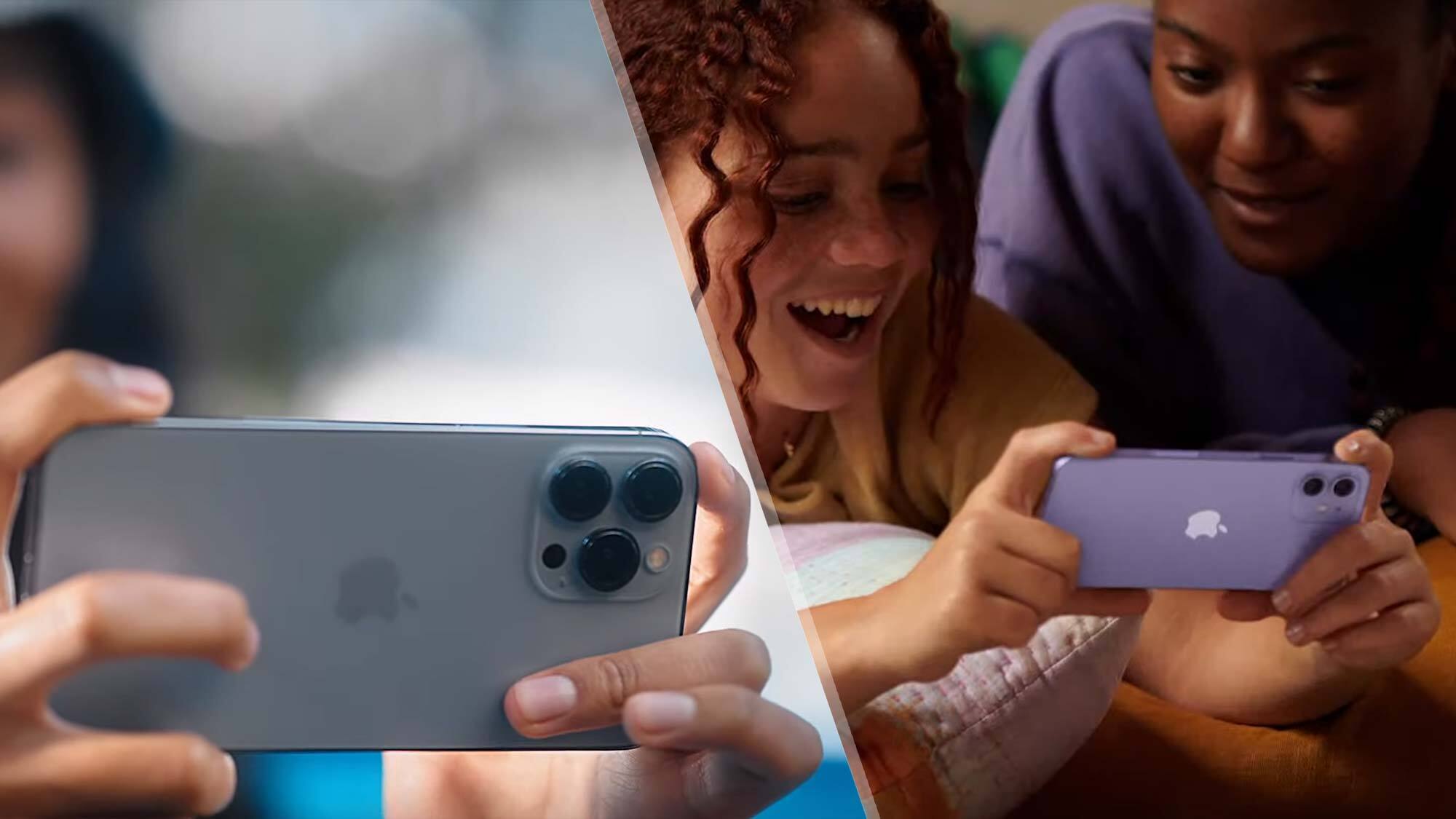
While the display sizes differ, all four use the same OLED technology for the first time. Yes, the resolutions differ, but they all offer a pixel density of roughly 480 pixels per inch (PPI), meaning the resolution is scaled for the size of the screen. The Pro models differ only in that they get the 120Hz refresh rate.
Sign up to receive The Snapshot, a free special dispatch from Laptop Mag, in your inbox.
All four models feature an identical Apple A15 Bionic processor, the fastest mobile processor available today. This allows them all to run any of the millions of apps available in the App Store without issue. Sticking to software similarities, all four phones also run the current version of iOS 15 and are expected to receive day-and-date updates to the most current version of iOS for approximately six years.
All four iPhone 13 models offer the same level of 5G support with coverage on both mmWave and Sub-6GHz 5G bands on all carriers in the U.S.
Key differences
I’m going to tackle the iPhone SE first as it stands apart from the rest of the lineup. The iPhone SE has a single wide-angle camera on the back and a lesser 7MP front-facing camera. The display resolution and LCD tech are good for the price range but don’t hold up to the PPI or OLED in the iPhone 13. Finally, the rounded design feels dated, as does the use of Touch ID and the large bezels at the top and bottom of the display.
Returning to the flagship iPhone 13 models, there are still a few key differences separating the four devices. The biggest of these is the camera sensors, including the LiDAR sensor found in the iPhone 13 Pro and iPhone 13 Pro Max. This stands for Light Detection and Ranging and is the technology that enables some of the cool iPhone AR features you may have seen. The rear cameras also leverage it for improved portrait mode photos as it provides vastly greater data on the depth of objects in the photo. Finally the adoption of sensor-shift image stabilization and dramatically upgraded wide-angle and ultra-wide sensors make the Pro lineup vastly superior to the iPhone 13 and iPhone 13 mini when it comes to photography and videography.
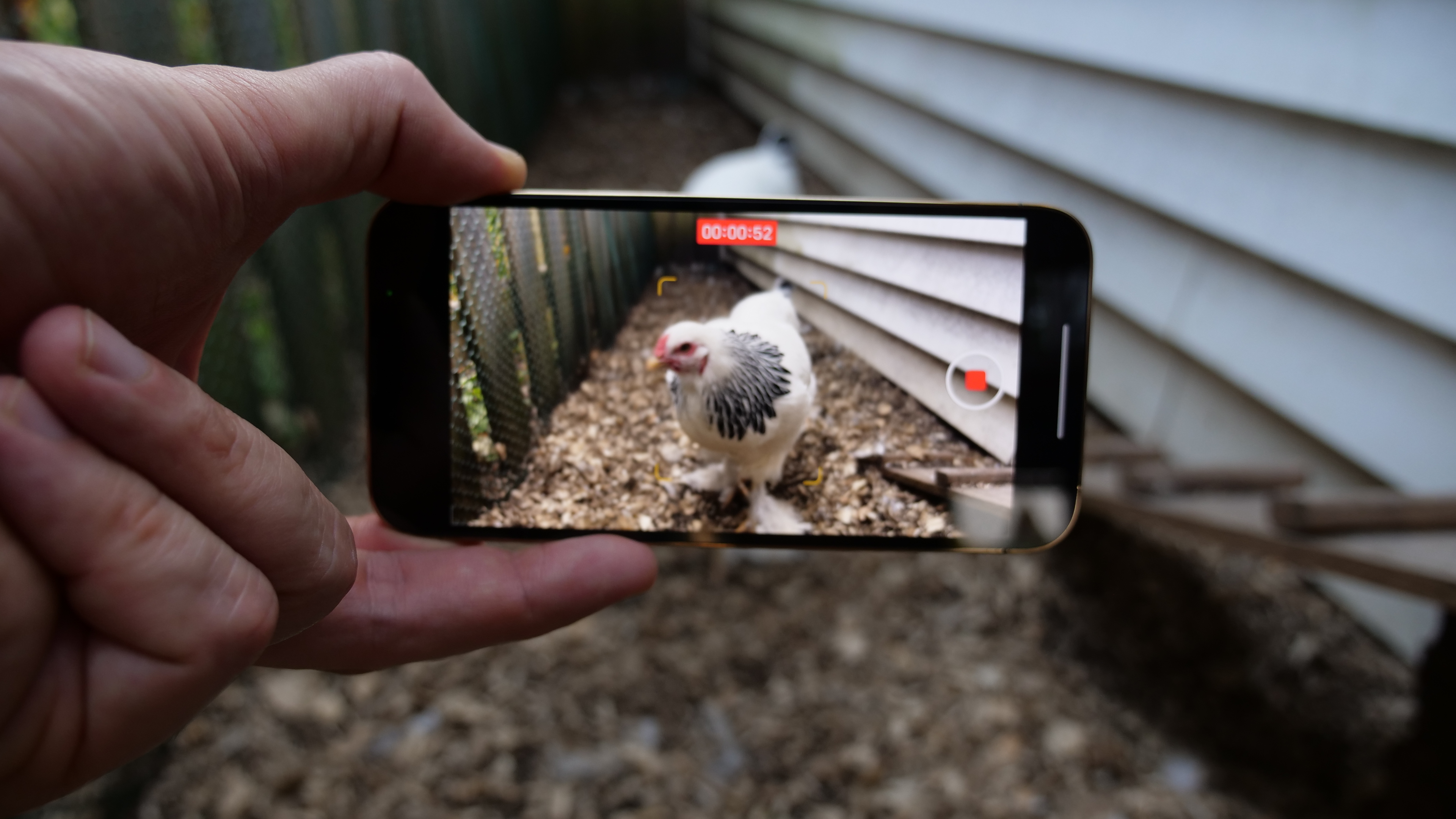
Sticking to the cameras, as previously mentioned, the iPhone 13 Pro and iPhone 13 Pro Max both feature a third telephoto lens. While neither offers the reach of something like the Samsung Galaxy S22 Ultra, the lens does still give you added versatility compared to the standard models.
Finally, the iPhone 13 mini and iPhone 13 feature 4GB of RAM compared to 6GB on the Pro models. Where you could ultimately notice this is with handling multiple apps after a few years of use, but as it stands, this doesn’t make a practical difference in performance.
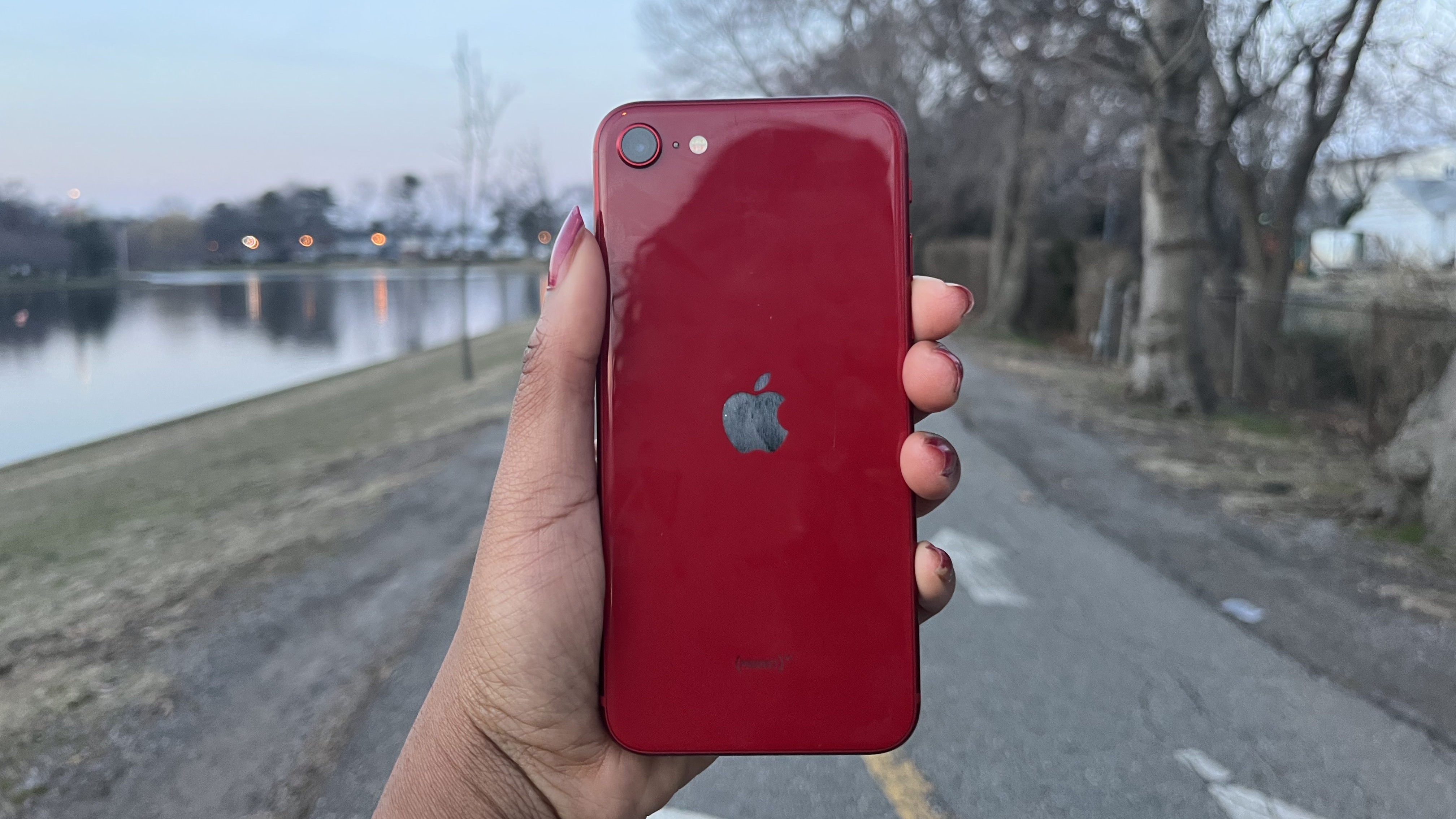
Reasons to buy
Reasons to avoid
At $429, the iPhone SE is a phenomenal option for those who want an iPhone without spending $700 or more. While there are certainly trade-offs, this is a budget phone with the same processor as the current top-of-the-line iPhone 13 models.
It’s a mistake to compare it to the rest of the iPhone lineup, but looking at the other best budget phones on the market, the SE is an impressive device. The rear camera is quite good and still benefits from the computational photography that Apple has made massive strides with over the last couple of years. The software support is unmatched in the budget realm with at least five years of day-and-date updates to the most current version of iOS.
While the design and single rear camera still place it firmly behind the rest of the current iPhone lineup, the addition of 5G and the huge leap forward with the A15 processor makes it an astounding value at its price point.
Best for: Anyone who wants to get into the Apple ecosystem, but can’t afford or doesn’t want to spend the money for one of the flagship iPhone 13 models. The iPhone SE is easily one of the best budget phones in recent memory and for anyone who isn’t concerned with the camera and design benefits of the iPhone 13, this phone won’t disappoint.

Reasons to buy
Reasons to avoid
The most affordable iPhone 13 model, the iPhone 13 mini starts at just $699, and for those that miss smaller flagship phones, there is nothing on the market close to the 5.4-inch display of the 13 mini.
The key is that Apple didn’t shortchange the iPhone 13 mini in any regard when it came to the phone’s specs; it’s everything you get from the iPhone 13 in a more pocketable package. The one real concern for iPhone 13 mini buyers is the battery life; it was a huge step up from its predecessor on the Laptop Mag battery test, lasting 8 hours and 51 minutes, an hour and 20 minutes longer than the iPhone 12 mini. It's easily the biggest reason to choose the iPhone 13 mini over the iPhone 12 mini if you find a deal on the older model.
Best for: While it may seem to be reductive, the only reason to go for the iPhone 13 mini is the size. If you are looking for a phone that can fit in smaller pockets or hands this is the only iPhone 13 for you and the only flagship phone that comes close to this form factor. As a bonus, the 13 mini is also the most affordable iPhone 13 model by $100 and thanks to Apple bumping up the base storage to 128GB, most users should be fine without paying for the 256GB model.
See our iPhone 13 mini review

Reasons to buy
Reasons to avoid
The standard iPhone 13 is a solid upgrade over the 12 thanks to its higher base storage and vastly improved battery life. The iPhone 13 delivers stellar performance, outstanding photos, and a beautiful design. With a starting price of $799, it is a great example of why you don’t need to spend $1,000 on a flagship phone.
The iPhone 13 gets the same 6.1-inch, 2532 x 1170-pixel Super Retina XDR OLED display as the iPhone 13 Pro, minus the 120Hz refresh rate. Like the iPhone 13 mini, it gets more fun and varied colors compared to the Pro models, while still benefiting from that beautiful design. Like the rest of the iPhone 13 models, it features the A15 Bionic processor that will have this relatively affordable phone running the latest and greatest apps and the most up-to-date version of iOS into 2027.
Best for: Most people are going to find the iPhone 13 suits their needs perfectly. The 6.1-inch screen size is large without being overwhelming and the price, at $799, feels a bit removed from the $1,000 flagships. If you use your camera for snapshots and a quick video, you won’t miss the pricier iPhone models’ improved cameras, LiDAR sensor and telephoto lens.
See our iPhone 13 review
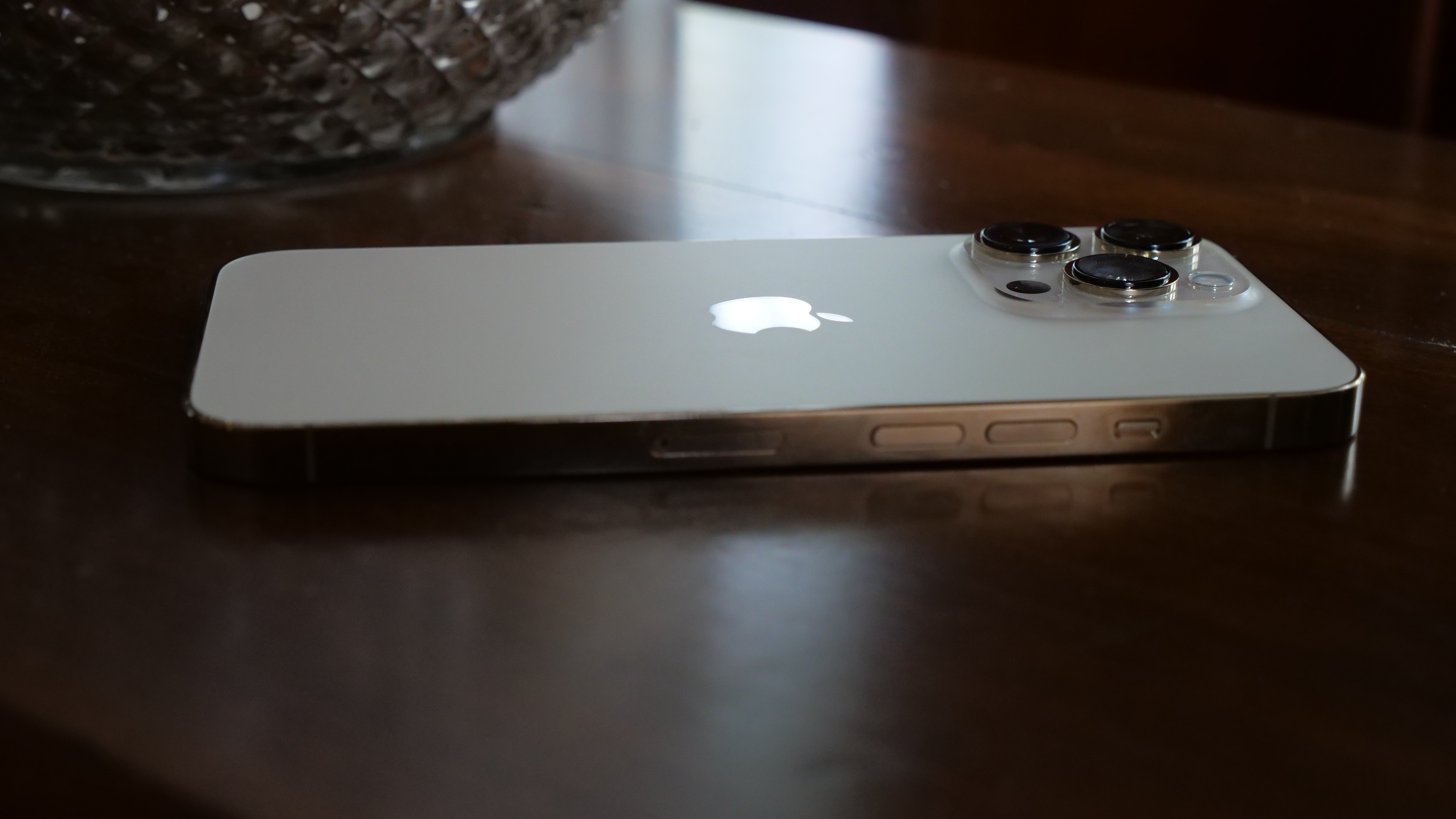
Reasons to buy
Reasons to avoid
The iPhone 13 Pro creates some separation from the iPhone 13 this year and really earns that $200 premium, particularly for those that rely on their phone as their primary camera.
The iPhone 13 Pro picks up a 3x telephoto lens, a welcome bump from last years 2x. It also delivers unmatched f/1.5 wide-angle and f/1.8 ultra-wide lenses, which give it low-light performance that is far beyond anything else on the market right now. If your smartphone is your sole camera, these are all big selling points. We've covered why you need a telephoto zoom lens on a phone and the low-light is frequently relevant for indoor and night photos. Apple also remains the undisputed champ of portrait photos.
Best for: Smartphone photographers and videographers who don’t want to deal with a huge display will be thrilled with the iPhone 13 Pro. It’s also the best option for those who plan to stick with the phone for several years as it offers the most affordable future-proofed iPhone thanks to its added RAM and camera features.
See our iPhone 13 Pro review
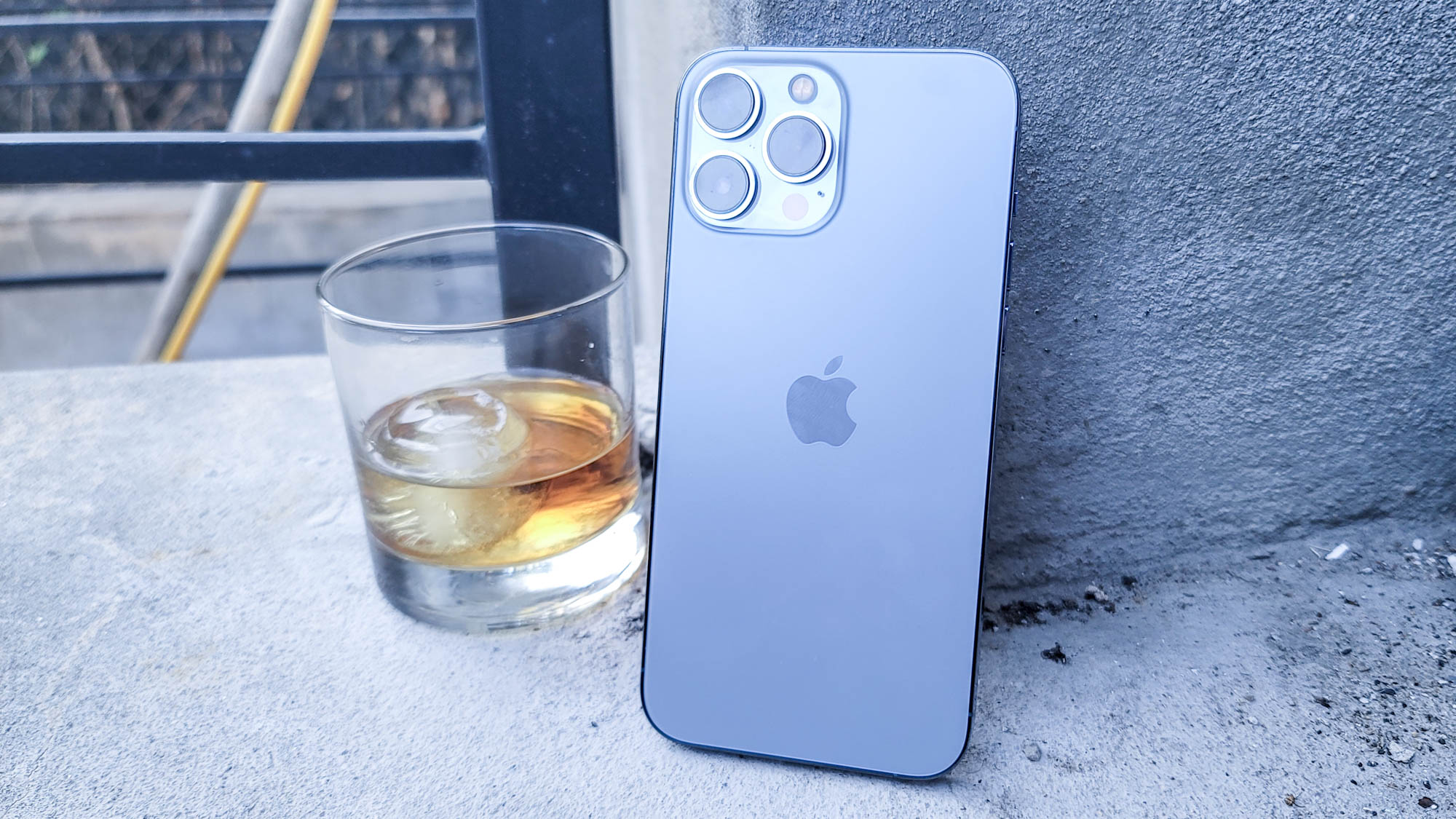
Reasons to buy
Reasons to avoid
The iPhone 13 Pro Max stands atop the iPhone options again this year, but it's a much less clear-cut ruler than last year. The larger display really needs to be the selling point for you this year as the battery life between the iPhone 13 Pro and iPhone 13 Pro Max is startling similar, only 16 minutes apart in our testing.
That display size can't be downplayed though, the 6.7-inch Pro Max dwarfs the 6.1-inch Pro model, which is transformative for watching content, playing games or using it as a viewfinder for capturing photos or video.
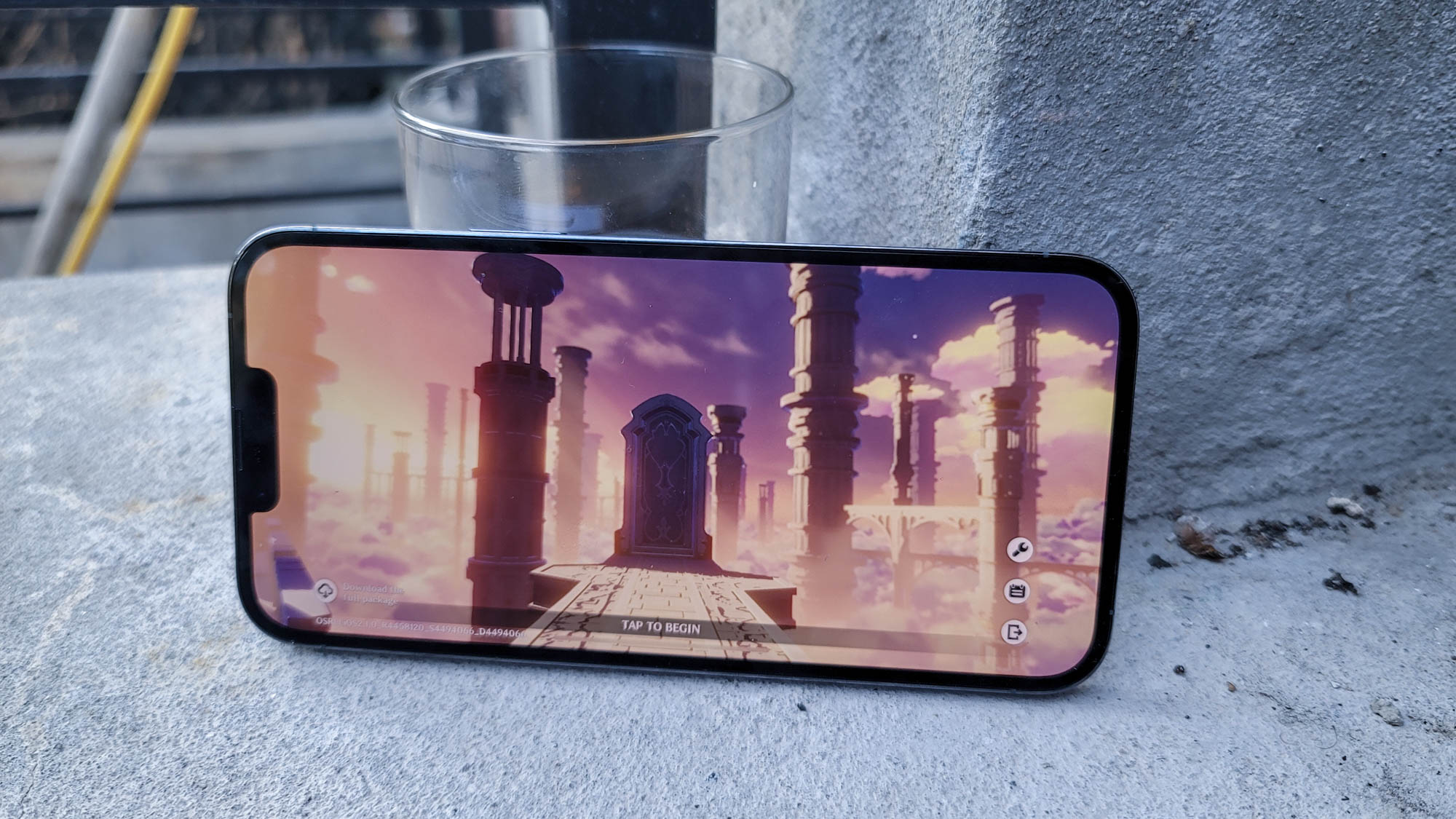
Best for: If you want to maximize mobile productivity or are an advanced mobile photographer or videographer the iPhone 13 Pro Max is still the winner. Even when it comes to battery life, while they are far closer than last year's models, the iPhone 13 Pro Max offers an edge in many use cases, such as photo and video capture, that should have professional users choosing it over the 13 Pro.
See our iPhone 13 Pro Max review
iPhone Tips and Tricks
- How to take a screenshot on an iPhone
- How to move your data from an Android phone to an iPhone
- How to turn off an iPhone
- How to see your battery percentage on an iPhone
- How to create a PDF on iPhone
- How to check battery health on iPhone
- How to hide apps on iPhone
- How to conference call on an iPhone
- How to scan a QR code on iPhone
- How to change a fingerprint on iPhone and iPad
- How to change app icons on your iPhone
- How to keep your photos private on iPhone and iPad
- How to check if your password is compromised on iPhone and iPad
- How to clear cache on iPhone — declutter your iOS device
Sean Riley has been covering tech professionally for over a decade now. Most of that time was as a freelancer covering varied topics including phones, wearables, tablets, smart home devices, laptops, AR, VR, mobile payments, fintech, and more. Sean is the resident mobile expert at Laptop Mag, specializing in phones and wearables, you'll find plenty of news, reviews, how-to, and opinion pieces on these subjects from him here. But Laptop Mag has also proven a perfect fit for that broad range of interests with reviews and news on the latest laptops, VR games, and computer accessories along with coverage on everything from NFTs to cybersecurity and more.

